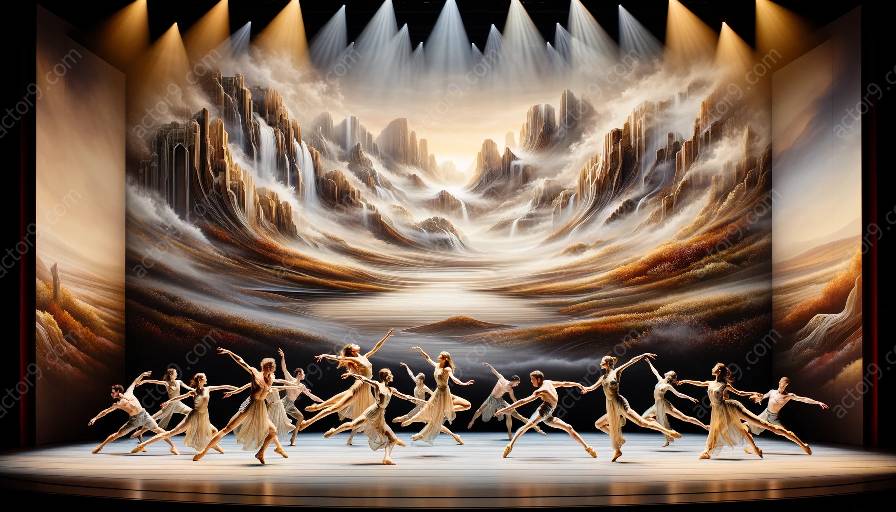Physical theatre choreography has emerged as a dynamic form of artistic expression that transcends traditional theatre boundaries. Its ability to captivate and provoke thoughts extends to conveying powerful social and political messages. In this topic cluster, we will delve into the use of physical theatre choreography to effectively communicate social or political narratives, exploring its impact, techniques, and significance.
Understanding Physical Theatre and Its Creative Potential
Physical theatre is a performative art form that emphasizes physical movement, gesture, and expression as primary means of storytelling. Its dynamic nature allows performers to utilize their bodies as the main vehicle for communication and narrative exploration, going beyond spoken language.
At the core of physical theatre lies choreography, which is the process of designing and arranging movement sequences within a performance. This choreography serves as the canvas for conveying and amplifying social or political messages.
The Power of Physical Theatre in Conveying Messages
Physical theatre choreography possesses a unique ability to engage audiences on a visceral level, evoking emotions and thoughts through non-verbal communication. By intertwining movement, gesture, and expression, choreographers can craft impactful narratives that resonate with societal and political themes.
This form of theatrical expression transcends linguistic barriers, making it accessible to diverse audiences globally. It has the potential to challenge societal norms, provoke critical reflections, and stimulate conversations on pertinent social and political issues.
Effective Techniques for Conveying Social or Political Messages
Choreographers and performers can employ various techniques to effectively infuse social or political messages into physical theatre performances. Symbolic imagery, abstract movements, and juxtaposition of contrasting movements can be used to depict societal struggles, power dynamics, and ideological conflicts.
Furthermore, the integration of historical references, cultural symbols, and contemporary events within choreographed sequences can imbue performances with contextual depth and relevance. By articulating these elements through physical expression, the messages become palpable and thought-provoking.
The Impact and Significance of Social or Political Messaging in Physical Theatre
When physical theatre choreography converges with social or political messaging, it creates a potent artistic platform for advocating change, challenging perceptions, and fostering empathy. The immersive nature of physical theatre enables audiences to empathize with the narratives portrayed and to contemplate their own roles in societal dynamics.
Through this convergence, physical theatre becomes a catalyst for facilitating conversations about pressing social and political concerns, leading to heightened awareness and a call for action. As an influential form of artistic expression, it resonates with audiences, provokes introspection, and motivates individuals to engage with these issues on a deeper level.
Conclusion
Exploring the utilization of physical theatre choreography to convey social or political messages reveals its potential to transcend conventional modes of communication. By harnessing the expressive power of the body and movement, physical theatre becomes a compelling medium for addressing, challenging, and inspiring societal and political narratives. Its impact is rooted in its ability to incite meaningful dialogue and evoke transformative experiences, cementing its place as an invaluable art form at the intersection of creativity and advocacy.




































